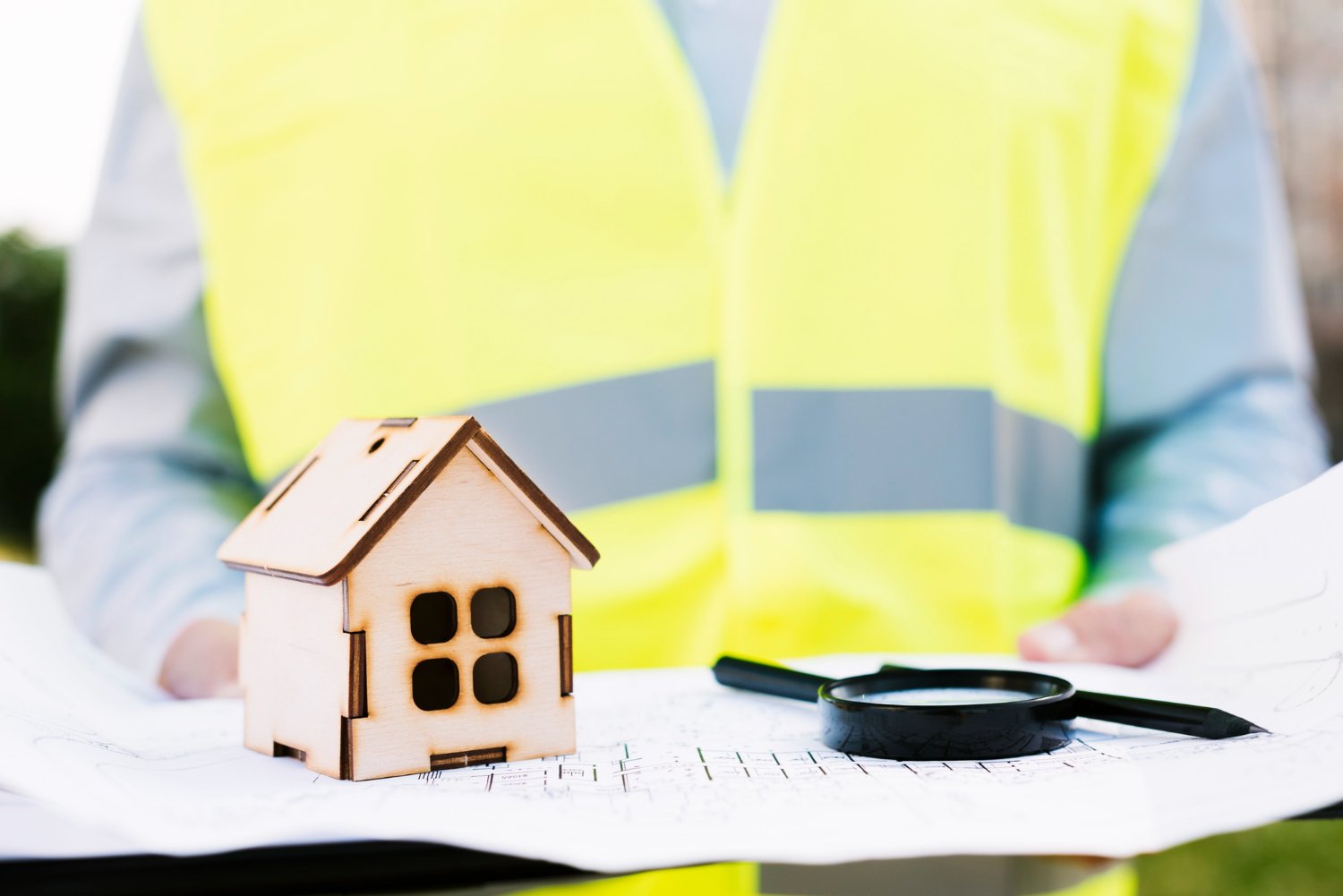A home inspection is one of the most crucial steps in the home buying and selling process. It provides valuable insights into the condition of a property, helping buyers make informed decisions and giving sellers the opportunity to address potential issues before closing a deal.
Whether you’re purchasing your first home or preparing to list your property, knowing how to navigate the home inspection process like a pro can save you time, money, and stress.
What is a Home Inspection?
A home inspection is a thorough evaluation of a property’s structure, systems, and overall condition. A licensed home inspector examines everything from the roof to the foundation, identifying any issues that could impact the home’s value or safety.
Key Areas Covered in a Home Inspection:
Roof & Exterior – Checks for leaks, missing shingles, and structural integrity.
Foundation & Structural Components – Identifies cracks, settlement issues, and water damage.
Electrical Systems – Ensures proper wiring, breaker panel function, and safety compliance.
Plumbing – Examines pipes, water pressure, and potential leaks.
HVAC Systems – Evaluates heating, cooling, and ventilation performance.
Interior Elements – Includes walls, ceilings, floors, windows, and doors.
For Homebuyers: How to Get the Most Out of Your Home Inspection
1. Hire a Qualified Home Inspector
Look for a licensed, experienced, and well-reviewed inspector. Ask for recommendations and verify credentials to ensure you’re working with a professional.
2. Attend the Inspection
Being present during the home inspection allows you to see potential issues firsthand and ask questions. The inspector can explain concerns and provide maintenance tips for the future.
3. Review the Inspection Report Carefully
The report will outline any issues found during the inspection. Prioritize major concerns like foundation damage or electrical hazards over minor cosmetic repairs.
4. Negotiate Repairs or Credits
If significant issues arise, buyers can negotiate with the seller to cover repairs, provide a credit at closing, or adjust the sale price accordingly.
For Sellers: How to Prepare for a Smooth Home Inspection
1. Conduct a Pre-Inspection
Sellers can opt for a pre-listing inspection to identify and fix potential problems before buyers see them. This can prevent surprises and speed up the sale process.
2. Ensure Easy Access
Make sure the inspector can access key areas like the attic, basement, electrical panel, and HVAC system without obstacles.
3. Address Small Repairs in Advance
Fix minor issues like leaky faucets, loose handrails, or missing shingles before the inspection to avoid unnecessary red flags.
4. Provide Maintenance Records
Having documentation for major repairs, upgrades, and routine maintenance can reassure buyers about the home’s condition.
What Happens After the Home Inspection?
Once the inspection is complete, buyers will review the report and decide on their next steps. This may include moving forward with the purchase, negotiating repairs, or walking away if serious problems arise.
Sellers should be prepared to respond to requests and work with their real estate agent to determine the best approach for closing the deal.
*Pro Tip: A good home inspection report doesn’t mean a house is perfect—it means the buyer has all the necessary information to make a confident decision.
Final Thoughts
Understanding the home inspection process gives both buyers and sellers a strategic advantage. By knowing what to expect and how to prepare, you can navigate this crucial step with confidence.
Looking for expert real estate guidance? Contact us today for professional insights on buying or selling your home with ease!


